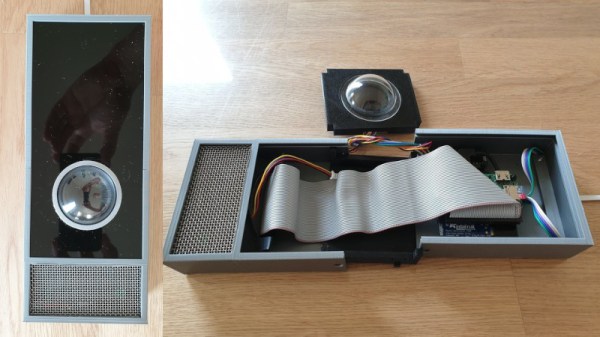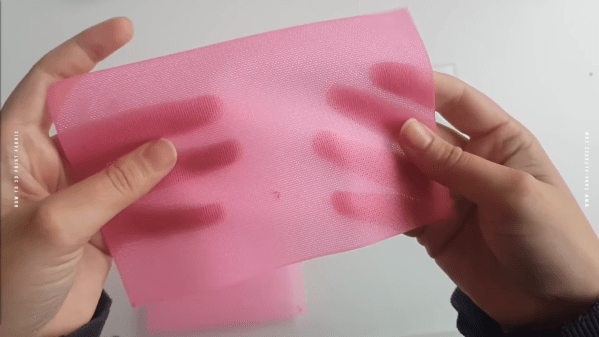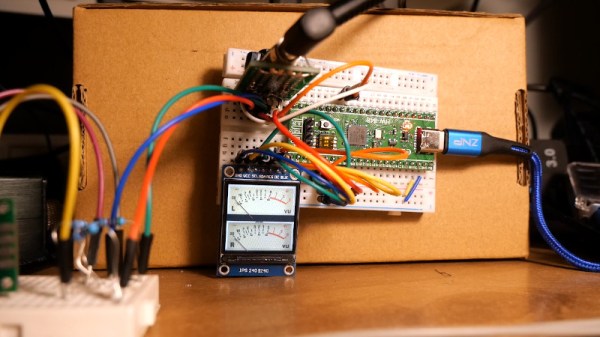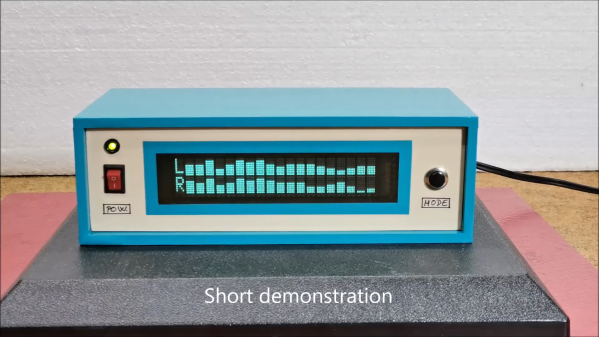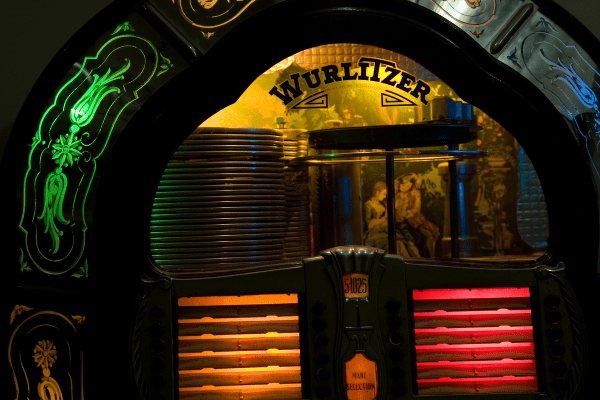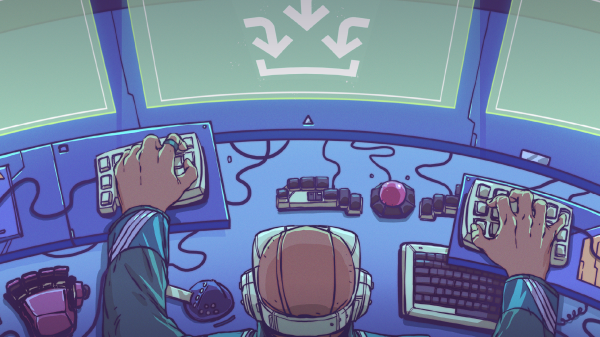There have been many robots and AIs in science fiction over the years, from Astro Boy to Cortana, or even Virgil for fans of the long-forgotten Crash Zone. However, all these pale into insignificance in front of the cold, uncaring persona of the HAL 9000. Thus, [Jürgen Pabel] thought the imposing AI would make the perfect home assistant.
The build is based on a Raspberry Pi Zero 2, which boasts more grunt than the original Pi Zero while still retaining good battery life and a compact form factor. It’s hooked up with a 1.28″ round TFT display which acts as the creepy glowing eye through which HAL is supposed to perceive the world. There’s naturally a speaker on board to deliver HAL’s haunting monotone, and it’s all wrapped up in an tidy case that really looks the part. It runs on the open-source voice assistant Kalliope to help out with tasks around the home.
[Jürgen]’s page shares all the details you need to make your own, from the enclosure construction to the code that laces everything together. It’s not the first HAL 9000 we’ve seen around these parts, either. Video after the break.
Continue reading “HAL 9000 Becomes A Helpful Voice Assistant”

